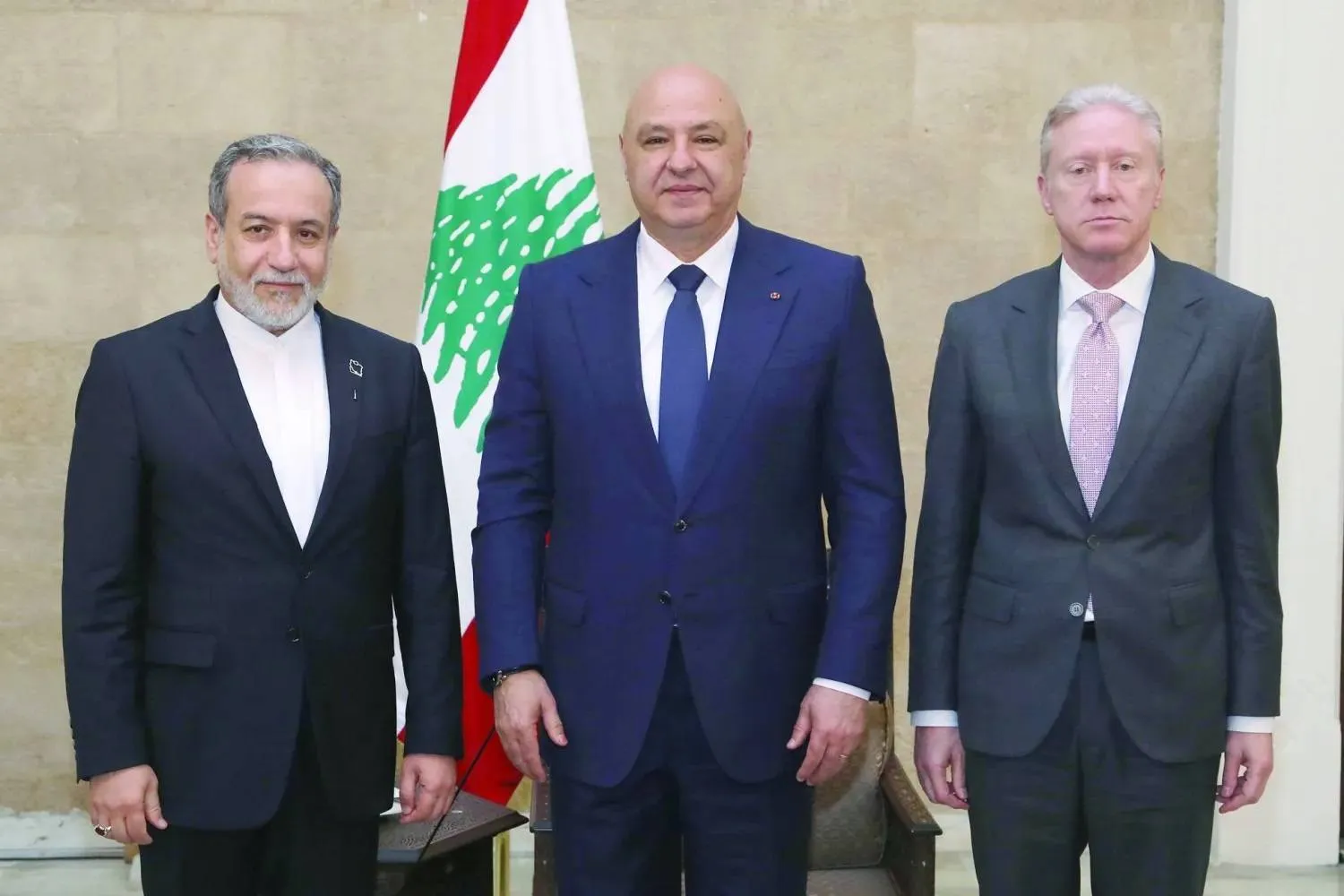Lebanon’s Minister of Social Affairs Hector Hajjar highlighted “the increase in the proportion of poor people in Lebanon since 2019.”
In remarks to Asharq Al-Awsat, he said that the “rate of multidimensional poverty among the Lebanese has reached 82 percent,” while 32 percent of the population was suffering from extreme poverty.
According to Hajjar, “the war in the South negatively affected many families who were unable to collect their agricultural crops,” revealing that the ministerial committee supposed to be monitoring the situation in the South has not met even once since its formation.
The National Strategy for Social Protection, which was approved by the government in February, constitutes a major shift in the social policies. The strategy presents a comprehensive vision based on five pillars: social assistance, social security, social care, job opportunities for the most vulnerable, and financial support to access educational and health services.
Hajjar explained that his ministry began implementing this strategy, even before its approval, but pointed to the need to secure the necessary budgets, warning of “dangerous indicators in terms of reducing external funding, whether for the Lebanese or the Syrians.”
75,000 Lebanese families benefit from the national program to support the poorest families, but after the significant reduction in funding (from $147 million to $33.9 million), the Ministry was forced to reduce the amount being transferred.
Sobhia Najjar, a specialist in public policy and coordinator of the Social Protection for All campaign at the Center for Social Sciences for Applied Research (CESSRA), told Asharq Al-Awsat: “Today, we are not talking about one type of poor, but rather about multidimensional poverty, in light of the complete absence of the middle class that includes public sector employees, professors, judges, members of the army and security forces.”
Najjar pointed to several factors that contribute to the exacerbation of poverty.
Those include the economic crisis that led to high unemployment rates and a deterioration in the purchasing power of citizens, corruption, which affects the equitable distribution of resources and increases social and economic disparities, internal tensions and political instability.









